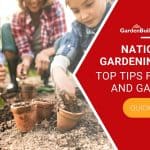Jump to:
You’ll never discover how some of the food you purchase from the market is grown and processed. So, take advantage of knowing what goes into your table by harvesting your own crops.
There are a lot of good reasons to start vegetable gardening beyond your garden greenhouse – at home. One of them is consuming the freshest, tastiest, and most organic veggies for the whole family.
To help you begin, we’ll highlight gardening tips for home-growing vegetables.
What Is Indoor Gardening?
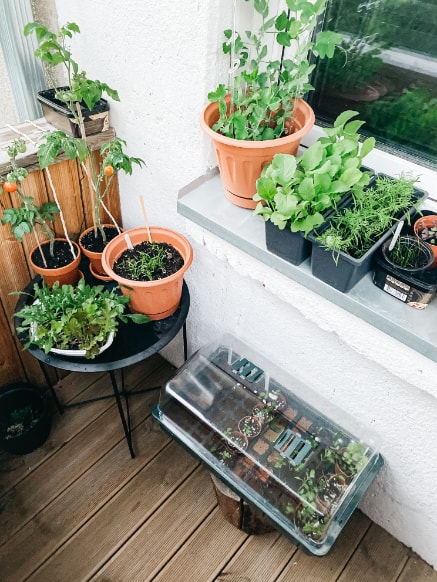
Is this your first time venturing into this gardening technique? Take a deep breath. Even if you don’t think you have a green thumb, you can grow fresh produce in no time with the basics of indoor gardening.
Indoor gardening is like growing an outdoor garden. You can cultivate fruits, vegetables, herbs and even flowers to liven up your living space. The best part? You can practice such a skill with the benefit of a year-round harvest. Like a wooden greenhouse, the climate-controlled features of your home make this possible.
This approach is a great solution when the climate limits what gardeners can sow outside. The same goes for those apartment dwellers lacking a backyard for a garden. However, keep in mind that an indoor garden is entirely up to the grower, a.k.a. you, and not the climate. Thus making “home growing” as complicated or straightforward as it needs to be.
Lucky for you, this guide serves as a great starting point for this journey.
1. Come up with a plan
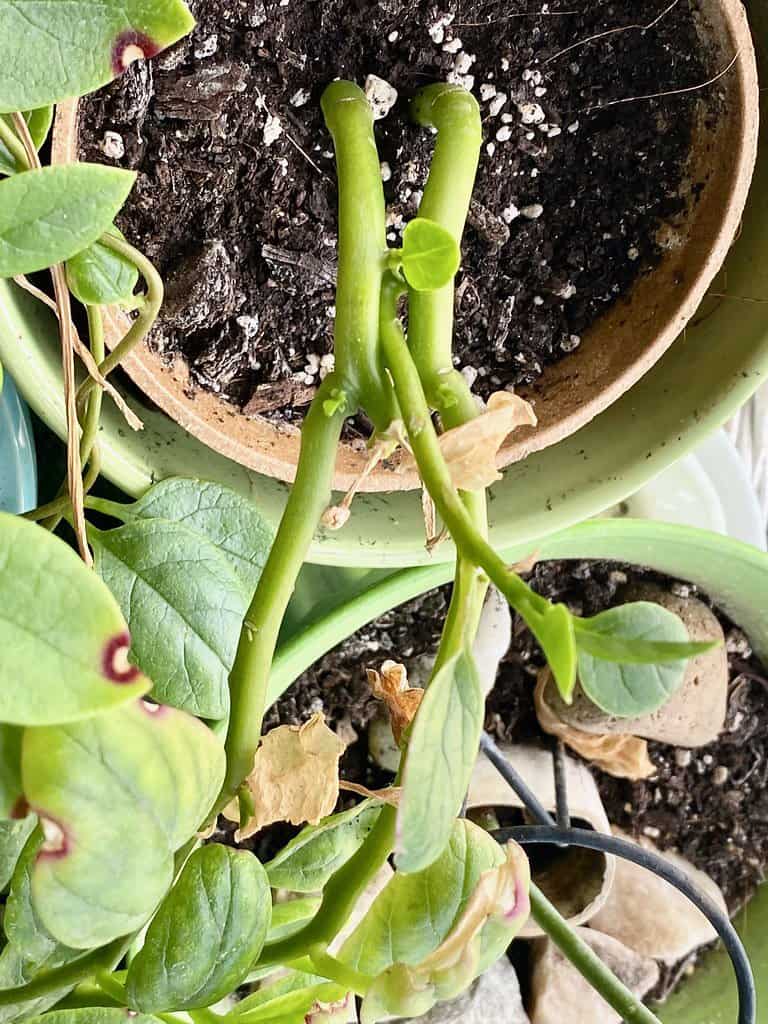
There are a lot of things to consider, but first on the list, of course, is the kinds of plants you prefer to grow. Determine some of your favourite greens. Focus on the types that can be hard to find in the market or are best eaten minutes after they are harvested.
Some of the best examples are:
- Leafy greens: Great for making salads; they do well in moderate light and are more tolerable to cold. Your best bets are arugula, collard greens, spinach, lettuce, and Swiss chard, to name a few. The first three on the list can be harvested multiple times, extending your supply.
- Aromatic herb garden: Herb gardens do well in both indoor and outdoor settings. But as with leafy veggies, many herbs can vary in home-growing preferences. Oregano and sage, for one, do well in dry conditions. Meanwhile, mint and parsley do better with regular watering. Chives prefer full sun, particularly from the early morning light. In contrast, thyme enjoys a full, late-afternoon sun.
- Vegetables: You may not be able to grow directly on the soil, but you can cultivate from your windowsill. It comes with a caveat, though: light and container limitations. In essence, these greens may require supplemental lighting and occasional repotting. Carrots and tomatoes are some great crops to consider. Carrots are great root crops, requiring a deep container. The incredible hard-to-kill tomato plants do well in a trellis or cage in the pot. If you can’t get the 8 hours of direct sunlight, consider other root crops such as beets and radishes. They can still produce a quality crop even with only 6-hours of daily light.
2. Start on time
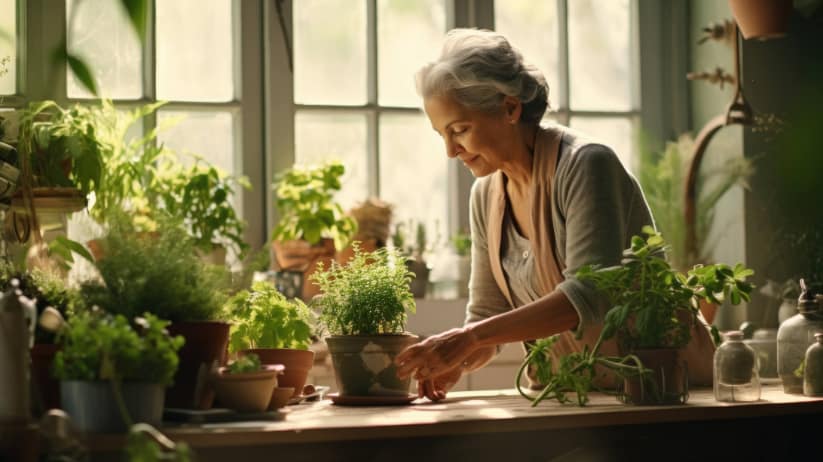
It’s a great thing to be eager about starting a sustainable area in your garden. This, however, needs to be started at the right season.
One of the best practices would be to invest in seed packets. Go for all the vegetables you want to eat for the next months of the year. Most of these packs come with a sowing guide that gives out the best months to start your crops.
For instance, you can plant quick-to-mature crops such as spinach and radish. Do some from March until late August in short 1m rows every four to six weeks. You can also start sowing indoors earlier using heated propagators or grow lights. Then, transfer crops such as squashes and sweetcorn outside once the soil warms up in April.
3. Prepare well before the growing season begins
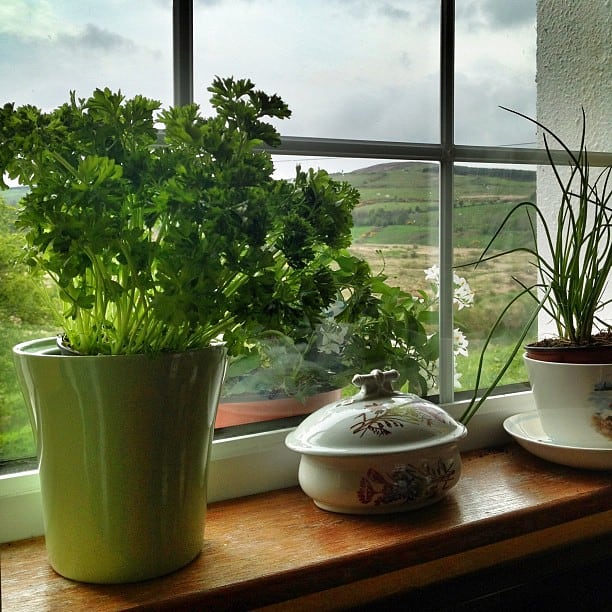
If it’s not yet the best month to start planting your vegetables, you can use your time to lay the groundwork. Order your seeds and prepare your growing areas. Either you prefer container gardening or traditional plant beds.
Dig over these areas and remove the weeds. You can also start buying or making your own compost. For some herbs, you can plant and set them up in your kitchen nicely. Within two weeks, micro leaves will be ready for consumption.
4. Opt for young plants instead of seeds
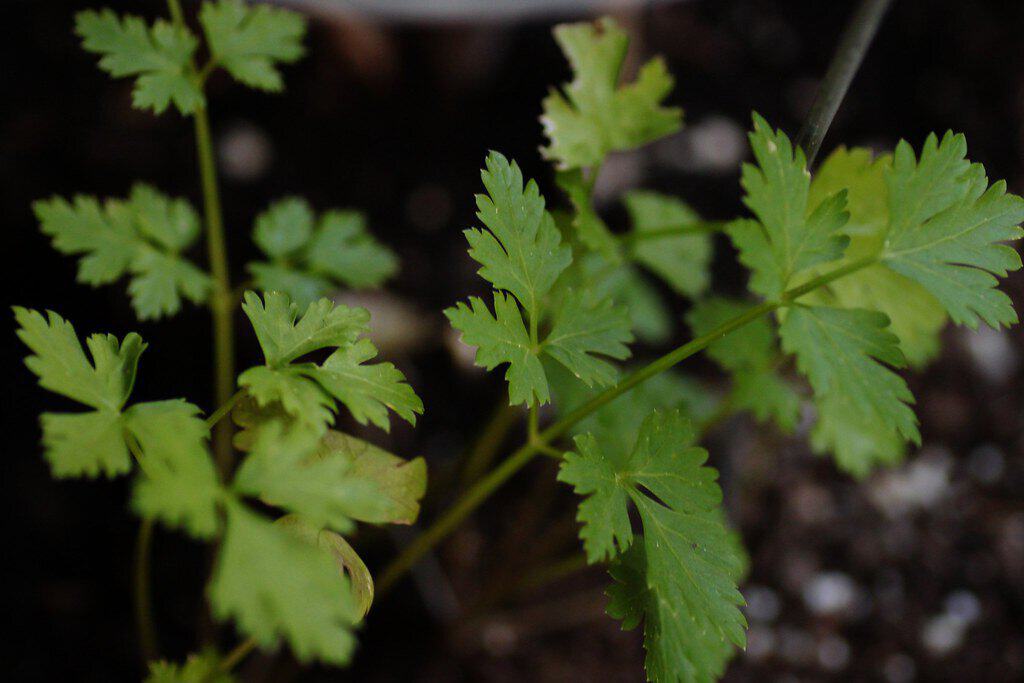
It’s undeniably cheaper to start planting with seeds. But for beginners, it can be potentially tricky to care for your crops during their early stages. In this case, buy young plants, such as the grafted varieties, that are believed to have 75% higher yields.
Habanero chillies and flat-leaf parsley are among the pickier plants to start from seedlings. Though easier to grow from seed, you can plant trays of mangetout peas and broad beans outside. However, for cauliflower, broccoli, and cabbage plants, take care to avoid root congestion. Otherwise, this may lead to early and reduced harvests.
5. Choose the right location
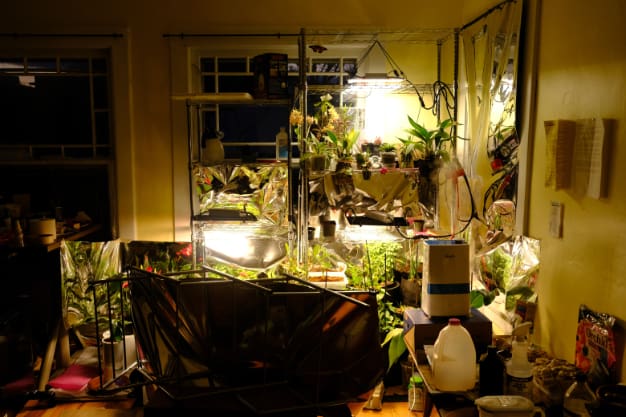
(Image Credit: Wikimedia Commons)
There are three things to consider in determining the best place to plant vegetables:
- sunlight
- soil
- environment
Most veggies require at least 6 hours of direct sunlight every day, so choose the best spot for this purpose. This will improve the amount of your harvest and your vegetables’ size and taste.
When it comes to soil quality, you will need some nice, loamy soil. Such properties can make sure your plants’ roots will penetrate easily. Top tip: Enrich your soil with nutrient-rich compost and a proper drainage system.
In terms of environment, you’ll need to decide on a stable location. Ensure it’s not prone to flooding during rainy days, and one that tends to dry out a lot. You shouldn’t place your beds somewhere where there are frequent strong winds, either. They could knock over your seedlings and prevent pollinators from doing their job.
6. Decide on the best plot size
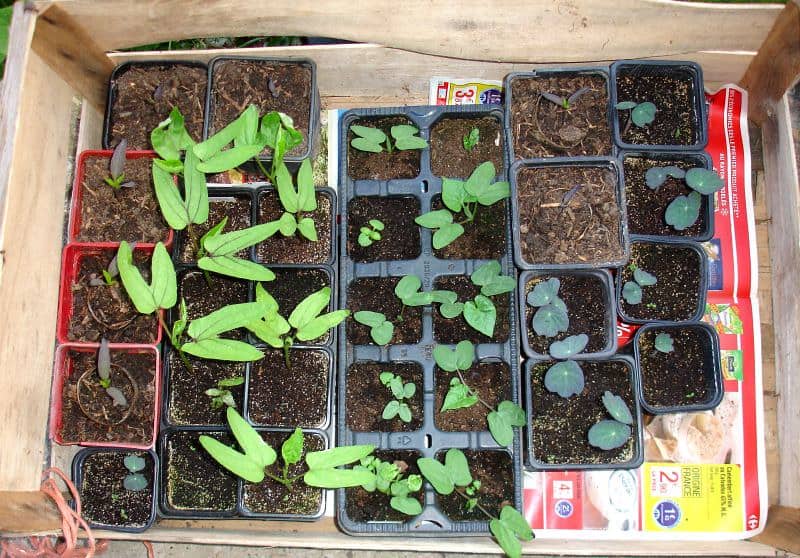
In deciding on the size of your plot, avoid making one of the beginners’ most common mistakes. And that is planting too much and too soon. Don’t grow more than your family could ever consume, so it’s best to start small.
16×10 feet is recommended, especially if it features some easy-to-grow plants. This size can already feed a family of four for one summer. Plus, a small number of leftover veggies for canning, freezing and giving away.
Round-up
Indoor gardening offers a rewarding journey for gardeners of all levels, especially beginners. Remember, patience and knowledge (with a guide like this) are your best allies. Start with easy-to-grow options, care for your plants, and embrace the learning process. As your green thumb evolves, so will your home garden.
When the time comes for some upgrades, invest in a small greenhouse for sale. A polycarbonate lean to greenhouse or a potting shed also makes a wise choice.
Next on your reading list: House Plant Ideas For Year-Round Indoor Growing


